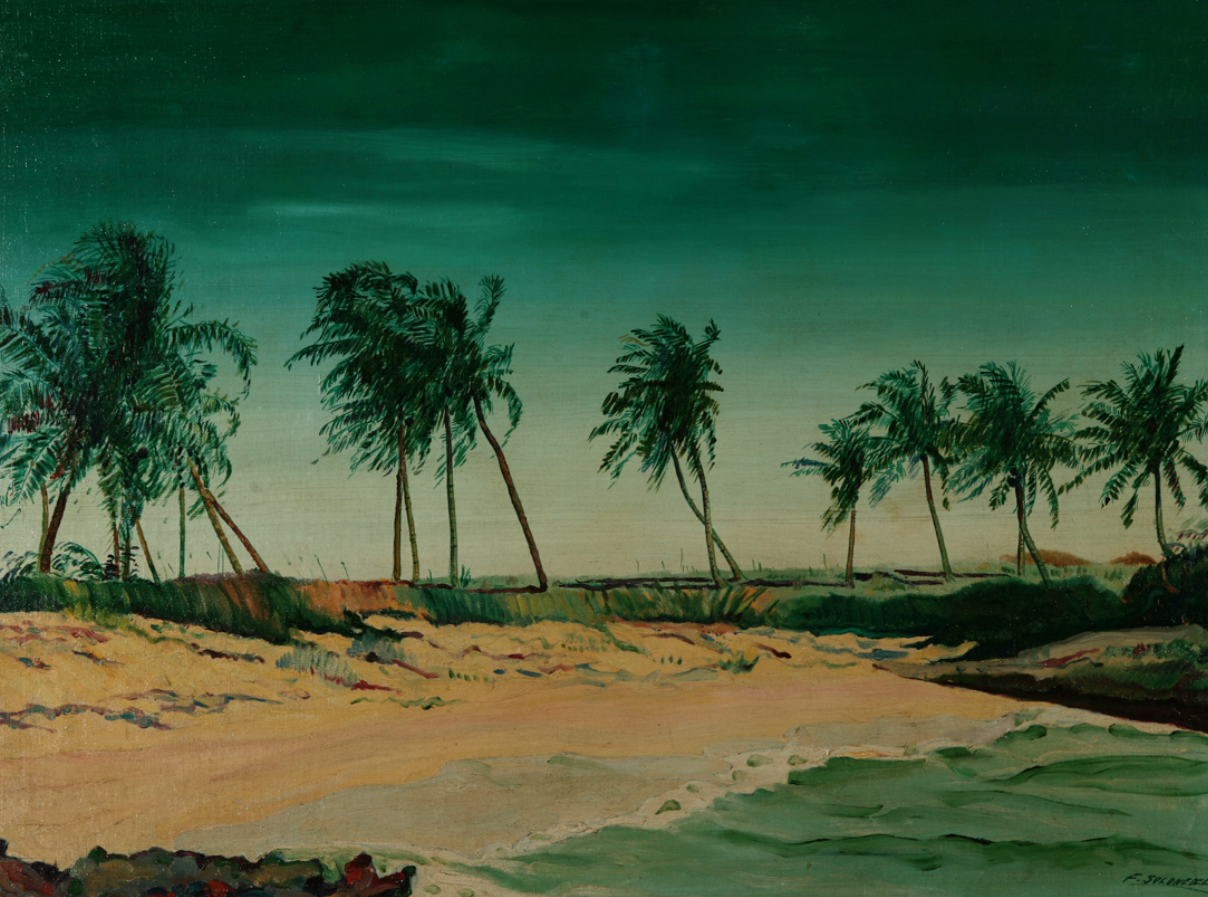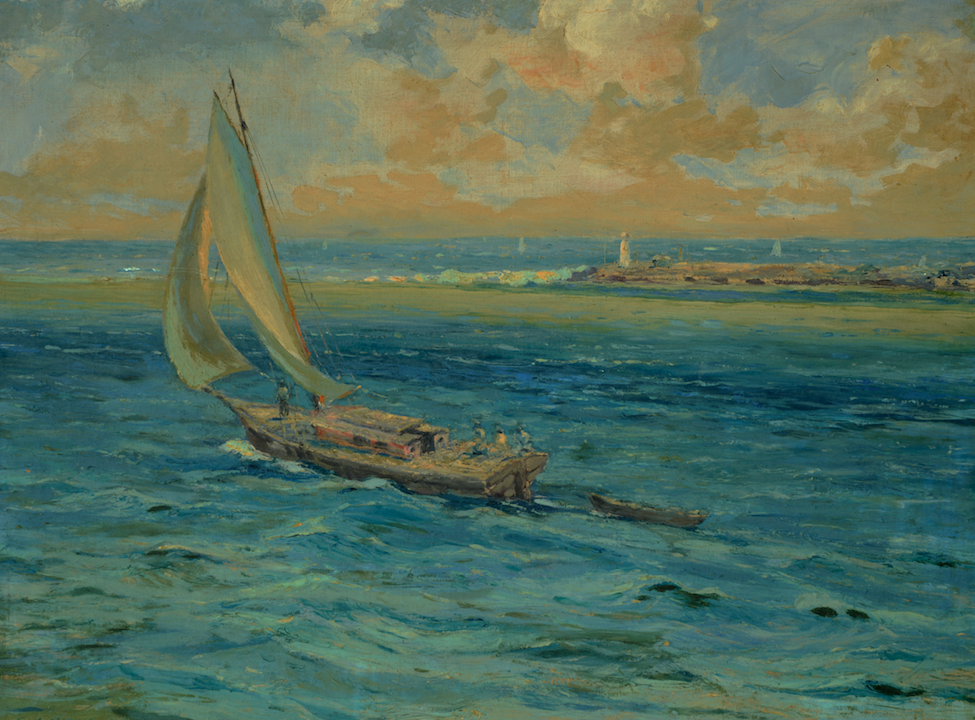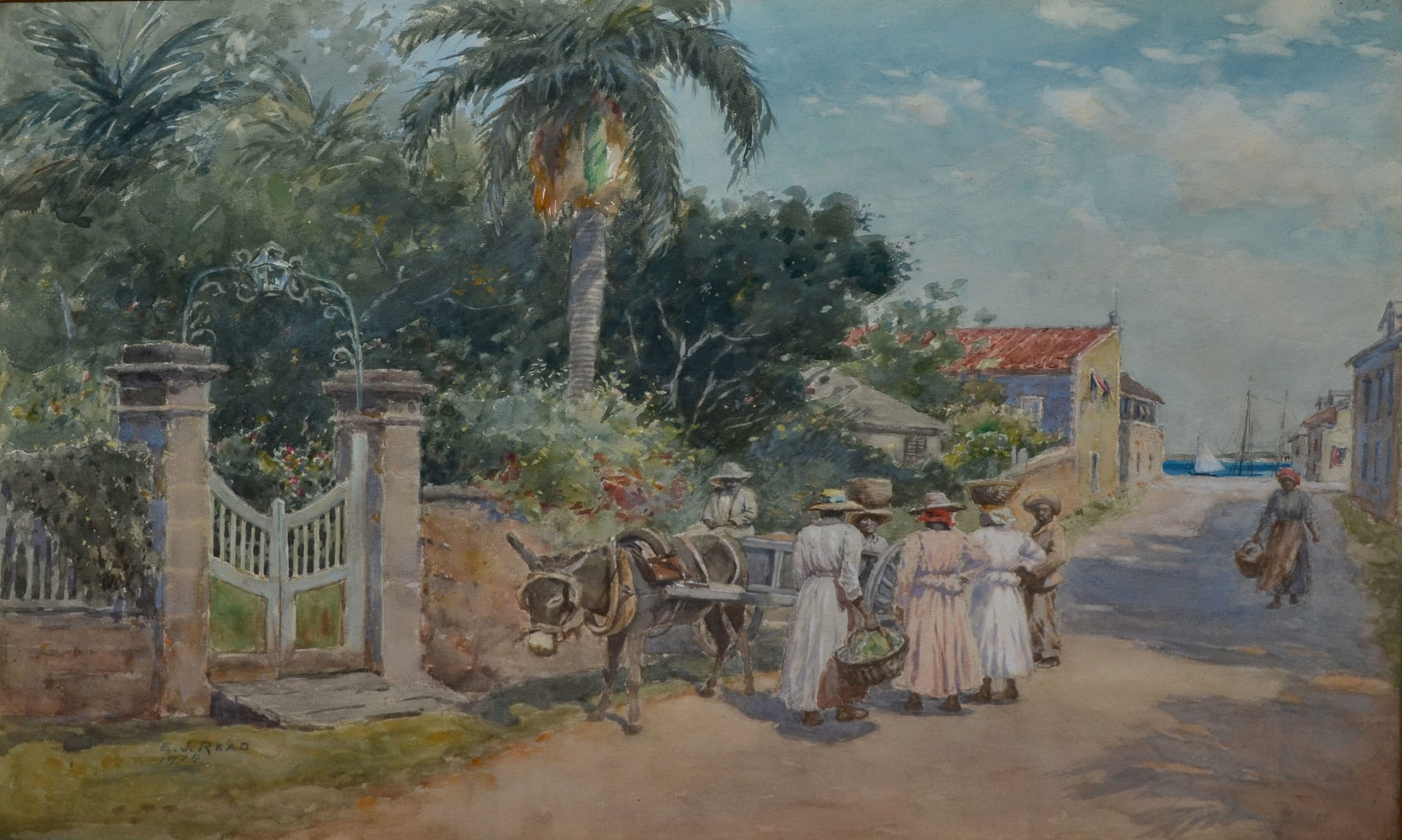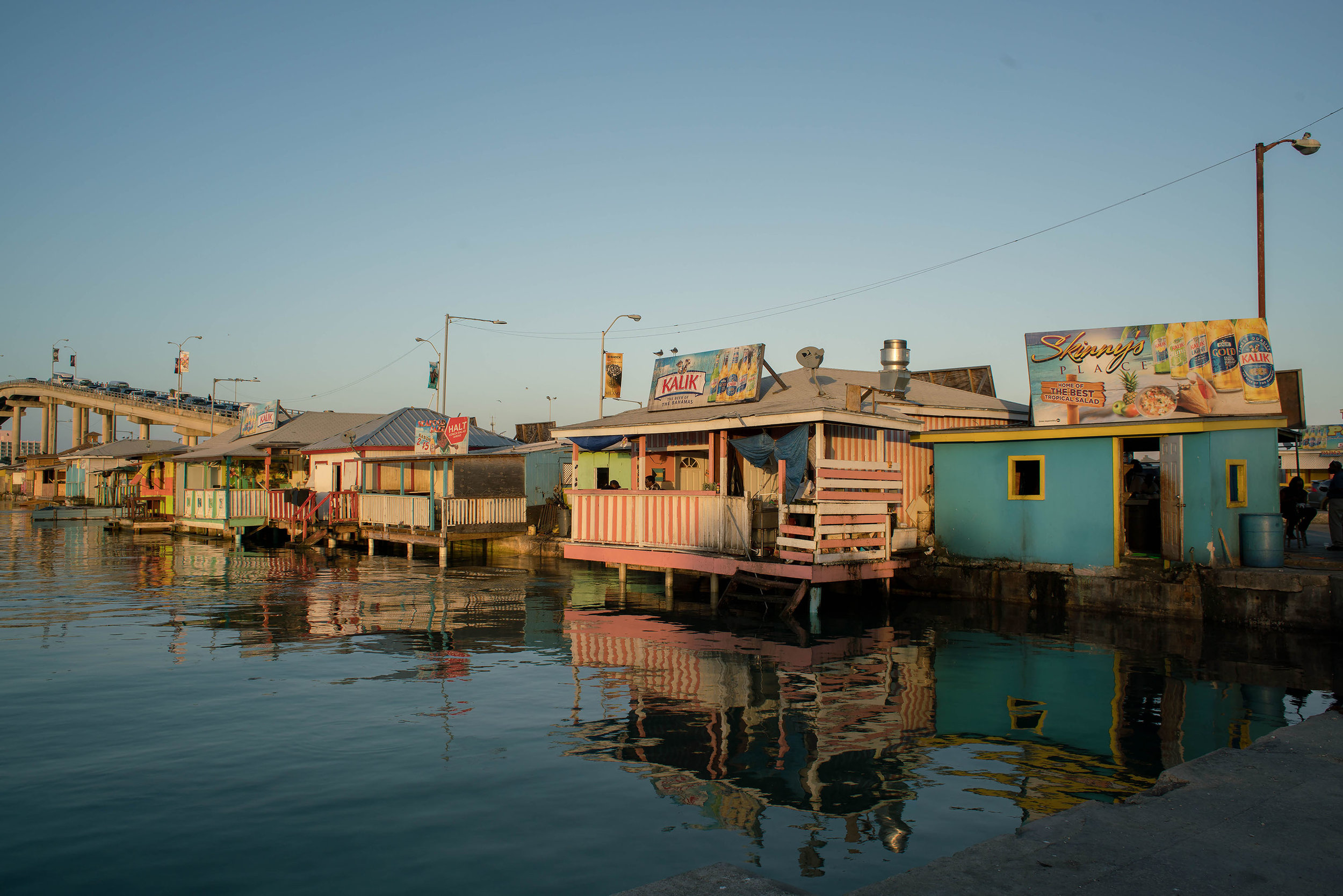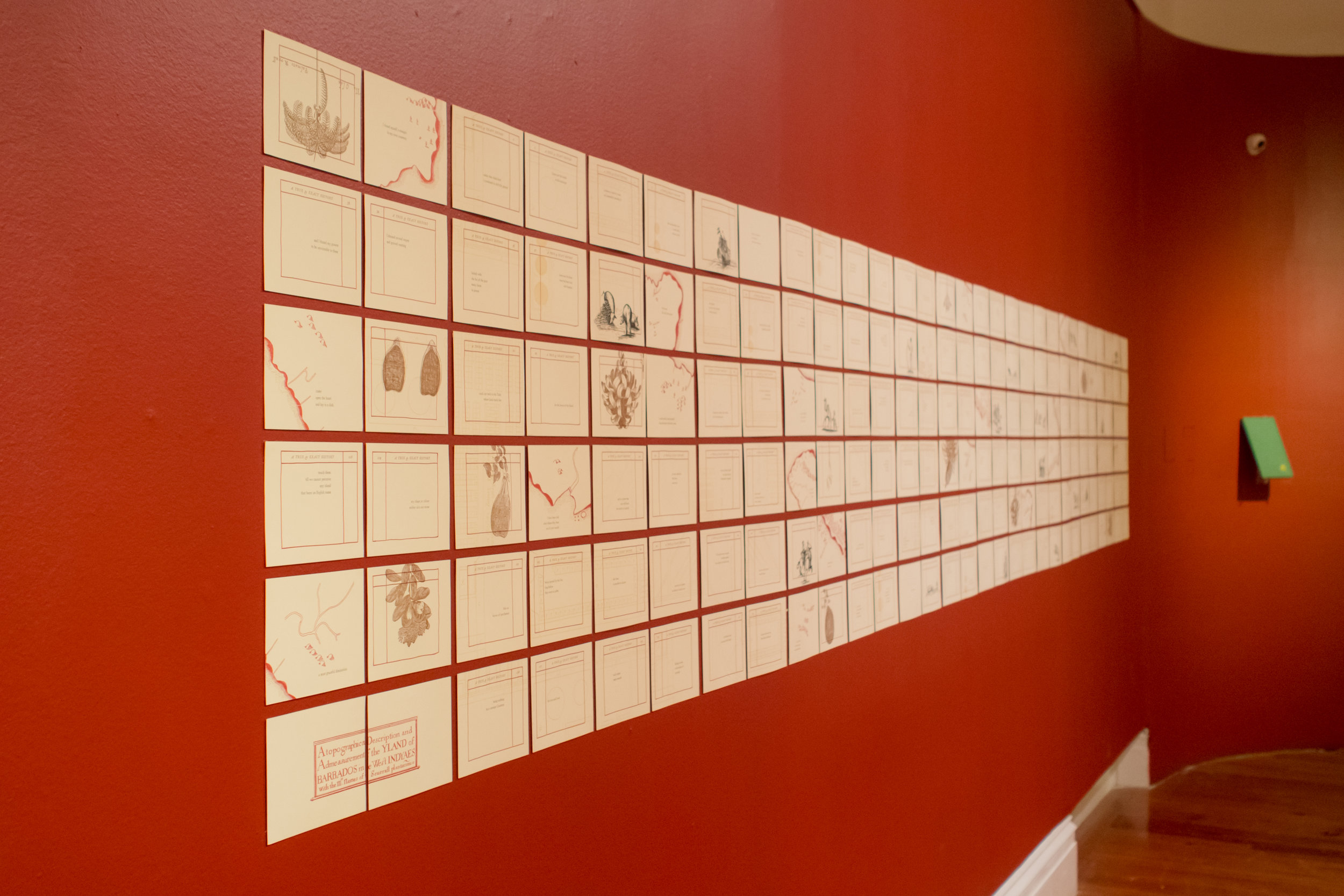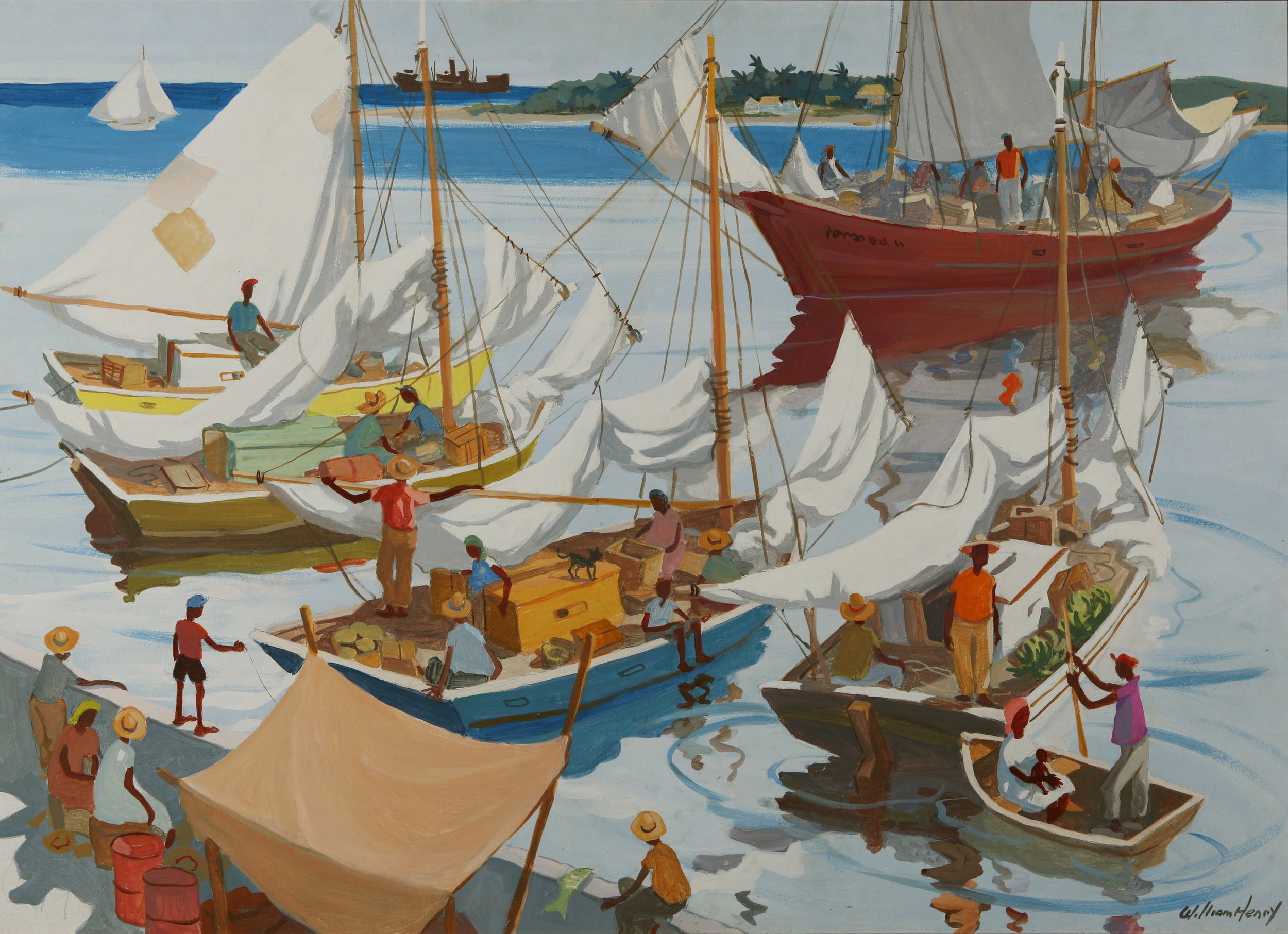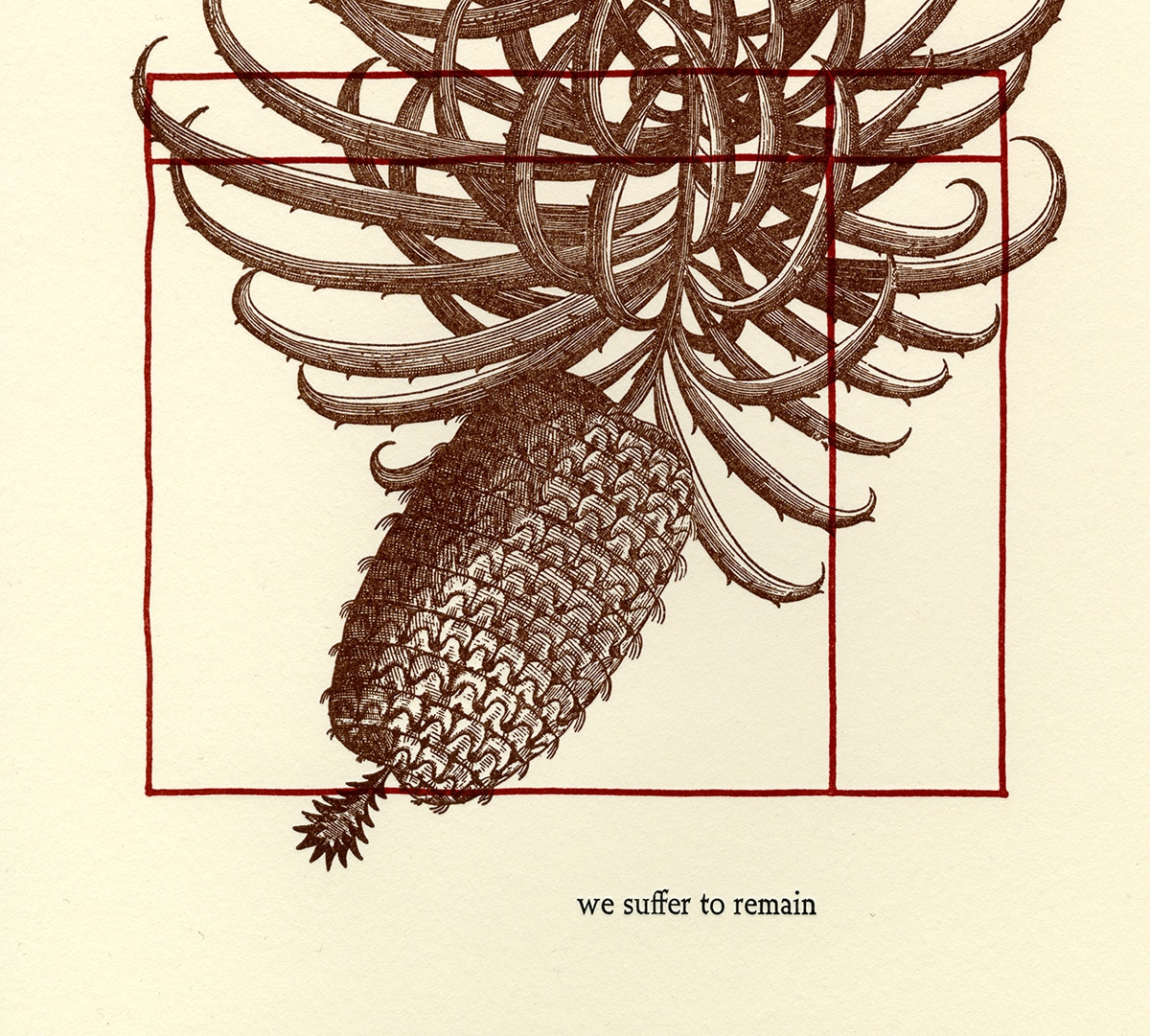By Natalie Willis. We have a long history of looking in The Bahamas, in the idea of being seen. We were the chain of limestone that 40,000 Lucayans and Arawaks saw as home as they weaved their way north through the islands. We were Christopher Columbus’ misplaced Indies, setting his eyes on a lucky second-best that he claimed for Spain – thus beginning the “New World” and our written history. There were the hungry eyes set on plantation profit – and the hungry eyes of those forced to do that work. Then there were the thousands of eyes afterwards, in and out of the space in blinks and in boats that came to see just what “paradise” looked like. Those eyes were turned on us.
Currently browsing: Articles
It’s not just black and white: It is also colour, light, shift, and feeling
By Dr Ian Bethell-Bennett. The University of The Bahamas. In “Traversing the Picturesque: For Sentimental Value” chief curator, Holly Bynoe brings together a rich tapestry of works from the nineteenth and early twentieth century Bahamas that shift our feelings. These works from diverse artists and styles reflect light and nature in different and nuanced ways. Many of these artists would ‘escape’ the harsh New England, Canadian, European winters, or be inspired by films such as “James Bond 007: Thunderball” to travel to and create with the light of the tropics which had and still has incredible sentimental value.
Traversing the Picturesque: A thought
By Dr Ian Bethell-Bennett. The 1920s through the 1960s were boom time for The Bahamas, especially for Nassau and other islands like Bimini, The Berry Islands and even Grand Bahama. Along with The Bahamas experience was the Cuba experience and the Haiti experience—the Caribbean was an exotic picturesque place to go to and explore. Tourism was new, it was exciting and it was important. The offering brought diverse populations into the various tropical spaces to see and live in this milieu.
My Mouth is a Heartbreak: Anina Major’s “Wisdom Teeth” (2017)
By Natalie Willis. Anina Major’s “Wisdom Teeth” (2017) are beautiful, haunting ghosts of an imagined body – this body could be mine, yours, our ancestors, an imagined overarching representation of the body of the Caribbean personified. Teeth are universal (for most of us at least), but they are also still body parts that have distinct history and stories for many of us. As a nation built on slavery, on the backs of Blacks, with a majority-Black population despite the diversity of races and nations that build into the potcake of this peculiar place – sometimes the Black racialising of experiences is too much to move past. Funny how that happens, in places still dealing with the toxic, poisonous vestiges of slavery with racism at the bedrock of our foundations. All this to say, when we look at teeth, we can’t not look at teeth in relation to Black people.
From the Collection: “East Street With Donkey and Cart” (1914) by E J Read
By Natalie Willis. Elmer Joseph Read, an American artist (b.1860, death date unknown), painted scenes of life in Nassau that provide a strange sense of documentary and fiction. They are stylised images, but the way Read tries to capture his perspective of life in the capital at the time is useful to us for a few reasons. It helps us to see how Nassau has changed over the years, and it also shows us how those who many modern day Bahamians are descended from were seen in that time. So many of the colonial paintings from this time use the iconography of smiling natives, women in headwraps, along with lush greenery and sea-glass ocean water as colonial propaganda. It gave a way to say, “Look how beautiful and safe and bountiful this empire is!” But these sentiments and picturesque ideals aside, uncomfortable as it may be at times, are still things we feel today, albeit in an evolved and shifted form.
Potter’s Cay: Markets and the Importance of Public Spaces
By Dr Ian Bethell-Bennett, The University of The Bahamas . “Traversing the Picturesque: For Sentimental Value” provides an invaluable view into the way the islands have been visioned for decades. It is a unique and important show that serves as a historical and current window into a perspective that adds value to our discussions and to how we see ourselves. Working in tandem with “We Suffer to Remain”, both shows provide an incredibly fruitful and open discussion for the cultural materialism and intermateriality cross-materiality that allows deeper and broader understanding of where we live and how we live here. The latter show deals with the loss of tangible and intangible cultural heritage of slavery through erasure. The periphery, the colony where the history physically took place has gutted its memory through a process of deletion and writing over.
Locked in Our Bodies: A Resurrection of Voices
By Dr Ian Bethell-Bennett, The University of The Bahamas. We are locked in bodies that demonstrate a temporal fixity that is only such. This became more apparent to me on my first experience in Salvador de Bahia, where the material remnants of slavery and colonialism remained intact and on view, unlike in New Providence where most of the remains of slavery are either dematerialised, vanished and decontextualised. As “We Suffer to Remain” evidences, the coloniality of the postcolonial condition becomes even more poignant when expressed through a clash/confluence of arts. Art allows space for a dialogue that exposes the pasts and versions usually edited out by the passage of time, and the power of the state to redirect what was once empowerment discourses.
“Traversing the Picturesque: For Sentimental Value” – The Colonial Gaze
By Holly Bynoe. On March 22nd through July 29th, The National Art Gallery of The Bahamas presents the first of two historical surveys exhibitions that include works produced from 1856-1960 by visiting artists and expatriates, who were inspired by the then-colony’s landscapes, people, luminescence, coastlines and seas and bustling lifestyles. Traversing the Picturesque: For Sentimental Value draws from several familiar and a few new collections to detail the breadth and scope of how The Bahamas has been framed within the popular global imagination and the impact of the colonial and outsider gaze on the development of a historical understanding of the nation.
Speaking of culture: Thinking about change
By Dr Ian Bethell-Bennett, The University of The Bahamas. Over the last few weeks we have been journeying through “Medium: Practices and Routes of Spirituality and Mysticism” and discussing linkages with the upcoming show “We Suffer To Remain”, an international collaboration between the British Council and The National Art Gallery of The Bahamas. Writing this piece from Dubai at the Chamber of Commerce conference for Latin America and preparing for Expo2020 the polemics of culture become more clearly abstracted. So much of our culture and life resides beneath the surface. From time to time it surfaces to be revealed in stunning works of art, vibrant crafts, suggestive and politically critical music, or just fried into a fried-dry piece of chicken. We overlook that we exist in culture and that our culture dictates how we think about who we are and how we respond to a crisis.
Lamenting Slavery: Unearthing our history through art.
By Dr Ian Bethel Bennett. The materiality of art and culture is essential to the experience with art and our understanding of the relationship between space, time and humanity. When we do not see, feel or experience the materiality of space, we tend to ignore its existence. Art can be used to bridge gaps between the materiality of experience and the historical omissions and erasures that leave the space open to deletion, and de-historicisation. Music, similar to art, can speak to a similar materialising of experiences that have been wiped out by the passage of time and the shifting sands of spatial economic change. The disappearance from the mental record of the Nassau Market is a salient example of the vanishing materiality and so the memory of that experience. What remains is a space that has been razed of the material market and so the only vestiges remain. The artistic renderings and musical recitations of that material experience, where women and men walked over Market Street, often through Gregory’s Arch, to sell produce in the market, is what remains.

